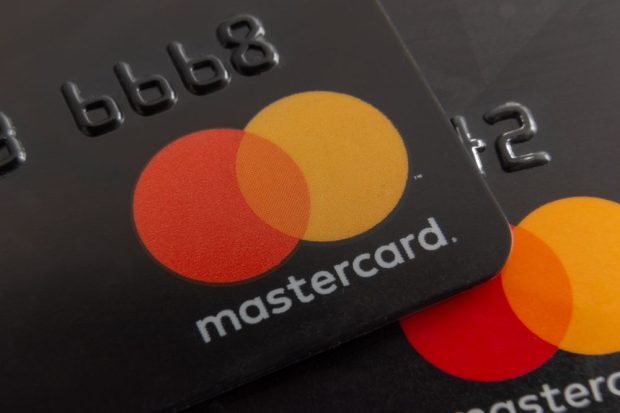Mastercard: Experiential Spending on Restaurants, Travel Keeps Rising

Americans have made double-digit increases in their spending on travel, fuel and convenience, electronics and restaurants over the last year, Mastercard reported Friday (Oct. 7) in a press release about the latest Mastercard SpendingPulse.
Overall U.S. sales excluding auto gained that much as well, with 11% year-over-year growth in September. In-store sales were up 11.1% while eCommerce was up 10.7%, according to the release.
Travel-related spending — which is not included in the total retail sales figure — made big year-over-year gains in August, with airline up 56.4% and lodging up 38.1%. Both are also higher than they were in the pre-pandemic month of August 2019, with airline up 10.9% and lodging up 42.5%, the release stated.
Other categories in which Americans made double-digit increases in their spending in September compared to the same month in 2021 include fuel and convenience (up 23.5%), electronics (up 13.9%) and restaurants (10.9%), per the release.
Pointing to the increase in spending on airlines, lodging and restaurants, Mastercard said in the press release that “experiential spending continues to rein in consumers’ dollars.”
PYMNTS noted in a recent report that millions of consumers took to the open road this summer to take advantage of lower lodging and travel prices.
Read more: Consumers Stretch Their Spend to Keep Pantries and Wallets Full
In addition, millennials and bridge millennials stood out in July for their increased spending in restaurants, with about three quarters of those consumers making restaurant purchases that month, according to the PYMNTS report, “Digital Economy Payments.”
Six other sectors included in the Mastercard SpendingPulse report — apparel, department stores, furniture and furnishings, grocery, hardware and jewelry — saw single-digit gains. Only one sector — luxury (excluding jewelry) — saw a drop, as Americans spent 5.2% less on that sector in September than they did a year earlier, per the release.
Noting that Americans’ spending on hardware and furniture and furnishings rose only 1.7% and 1.4%, respectively, Mastercard said in the press release that this reflects the contraction of the housing market, as “spending in and around the home is slowing.”
